
The foundation of Cumaná is celebrated every November 27, and the Cumans also celebrate being the first city founded in the Americas.
As everyone knows well on the third voyage of Christopher Columbus, the vessels arrived on the mainland for the first time. The landing was Macuro, a small town located on the Paria Peninsula. But the navigators did not realize that they had reached the mainland and that Macuro was part of a great continent known today as America.
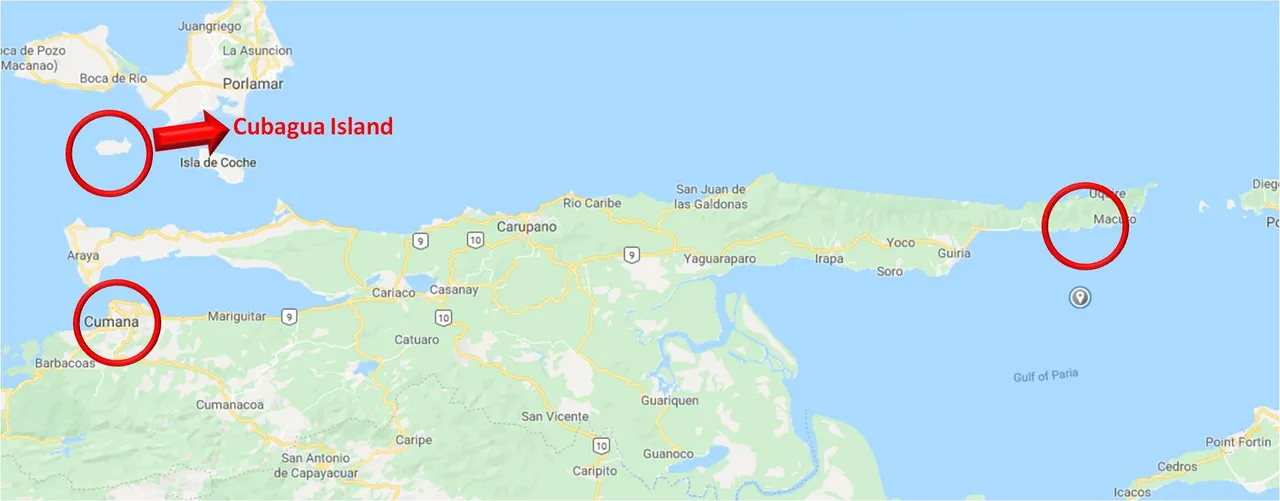
Therefore, the Cumaná Foundation, which dates from 1515, is considered the first city in the Americas. However, some historians argue that the Venezuelan population "La Vela de Coro" is really the first city of the continent since there are documents, in the archives of the Indies (located in Seville - Spain), which indicate the acute political, legal organization, economic and religious in that town.
In any case, that struggle between historians has not been defined and Cumaná remains “The Firstborn,” as several historians and the Cumans themselves defend.
According to La Real Cédula of July 2, 1513, Spaniards were forbidden to make contact with Aboriginal people without the authorization of Catholic religious. This aspect is very relevant to highlight since it is the most convincing explanation of why the city of Cumana was primarily a missionary seat (Franciscan) and not a town of Spaniards. In summary, Cumaná arises from a process of evangelization monitored or controlled from the religious organizations established in Santo Domingo.
But, to be loyal to the story, the conformation of the city of Cumana was not entirely peaceful. The process of conquest and colonization was cruel as in many other settlements and as a result the aborigines, native residents of these lands, attacked the Spaniards with some periodicity.
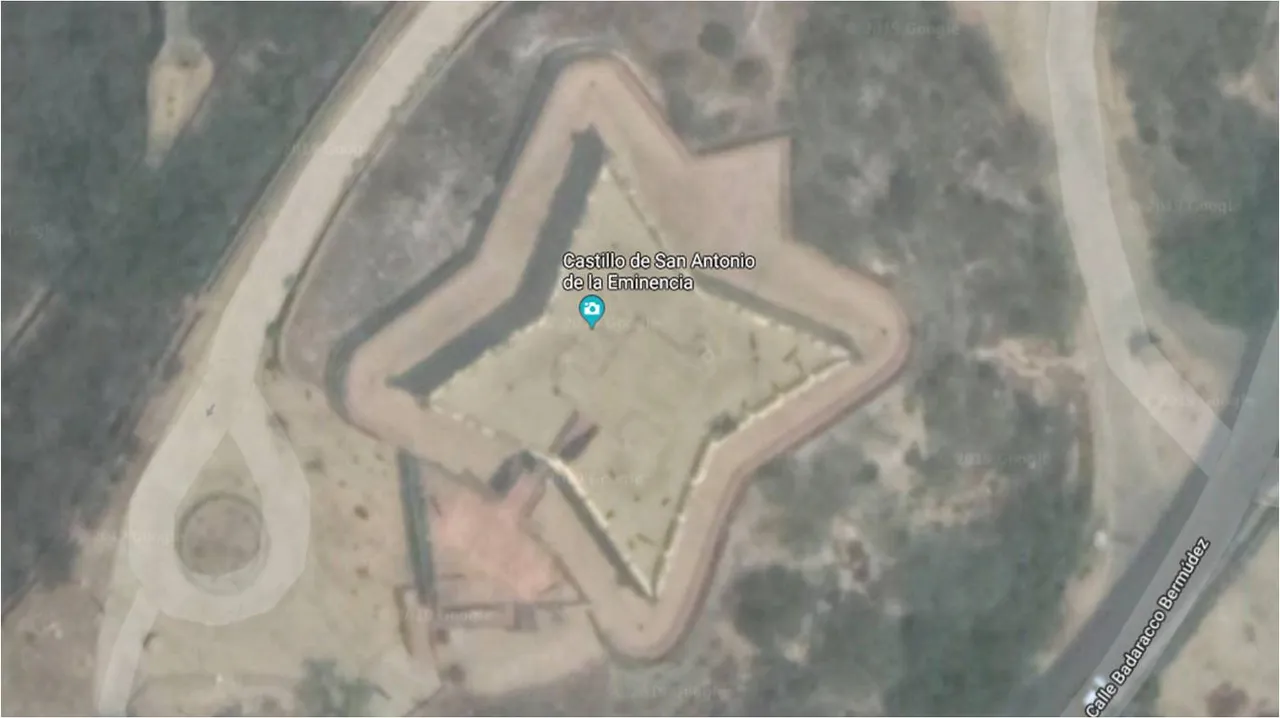
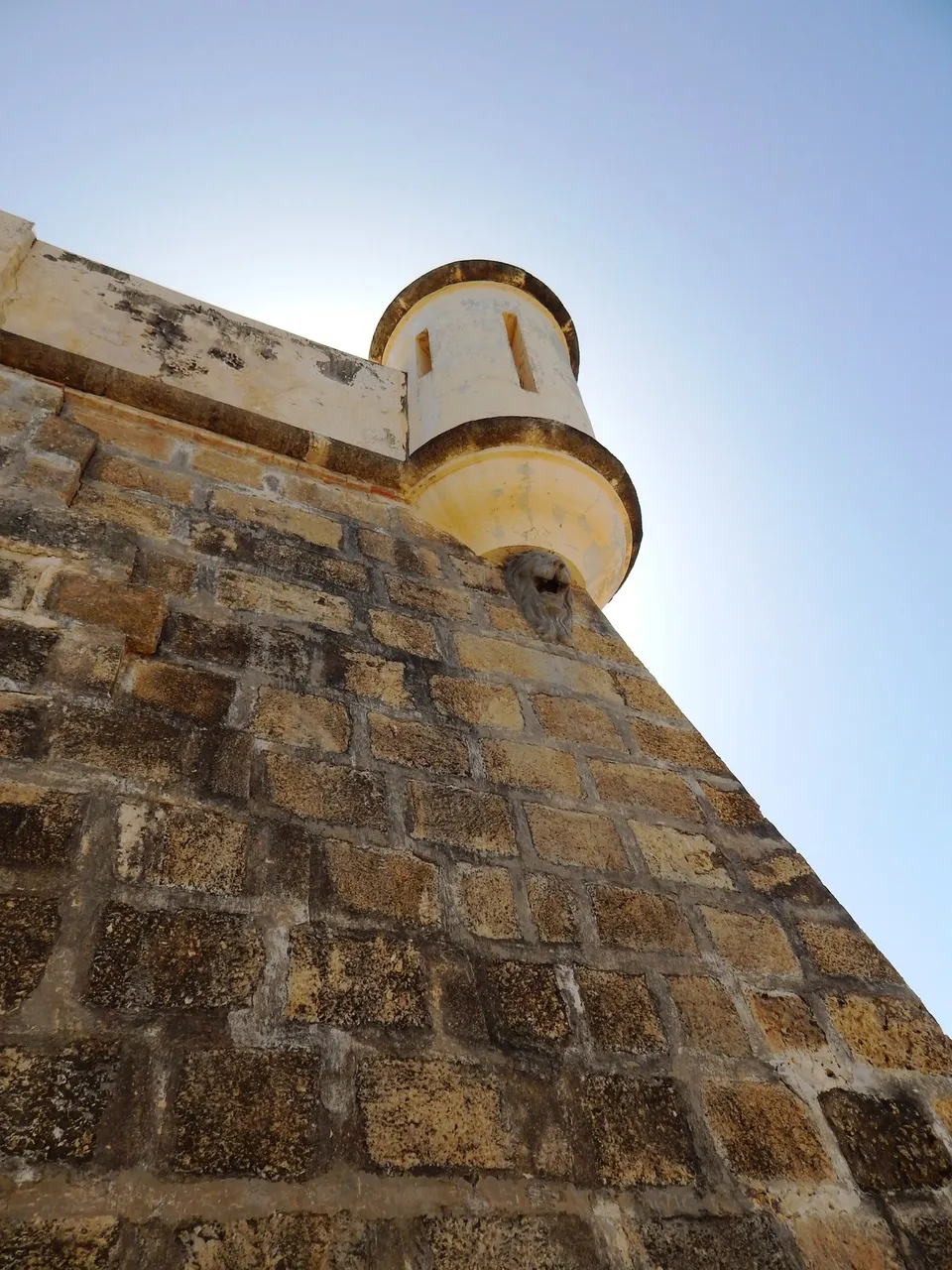
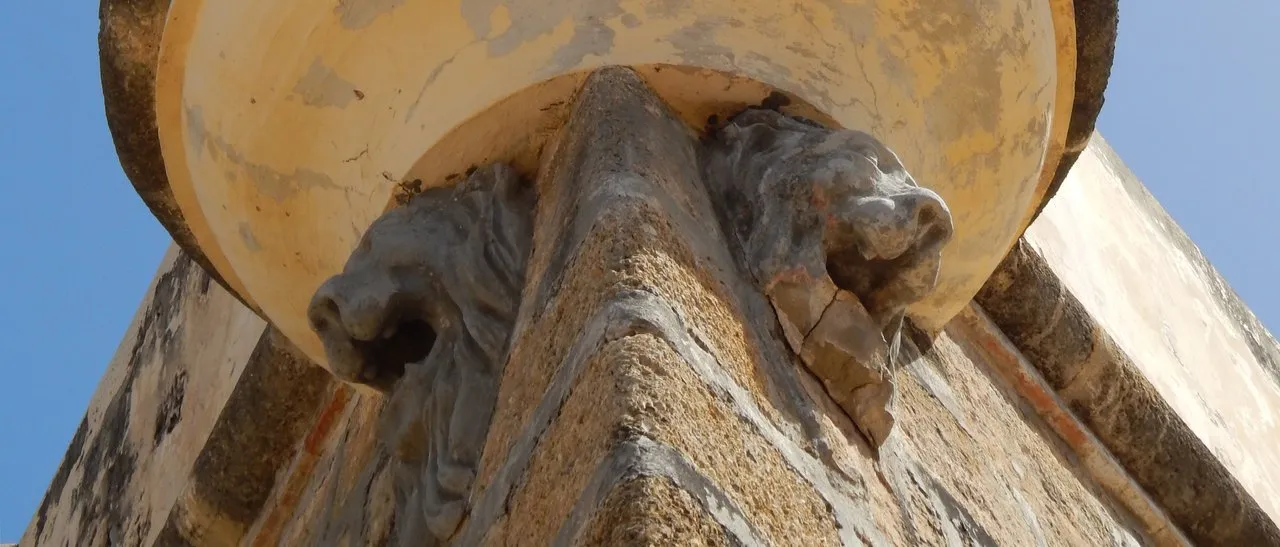
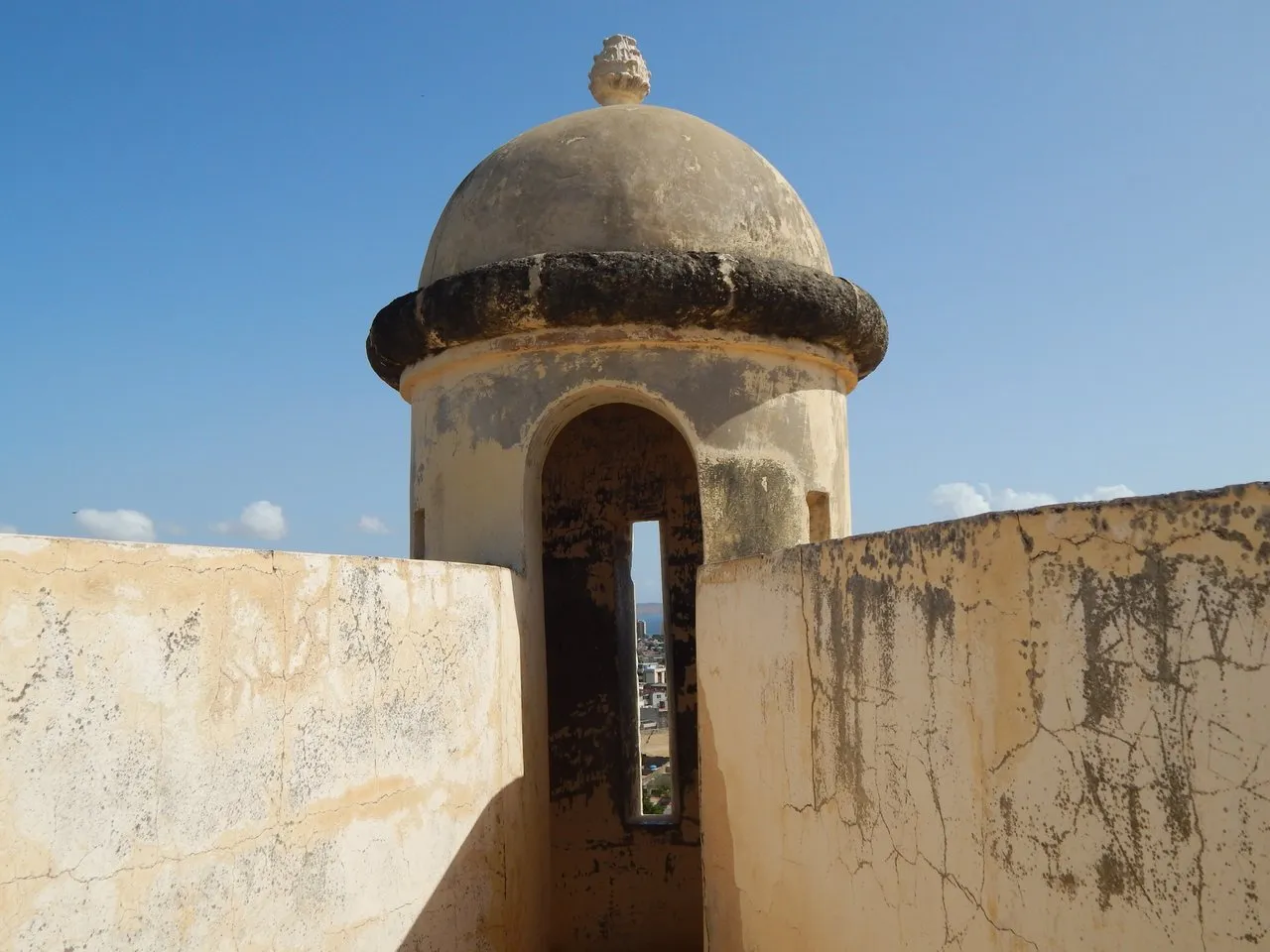
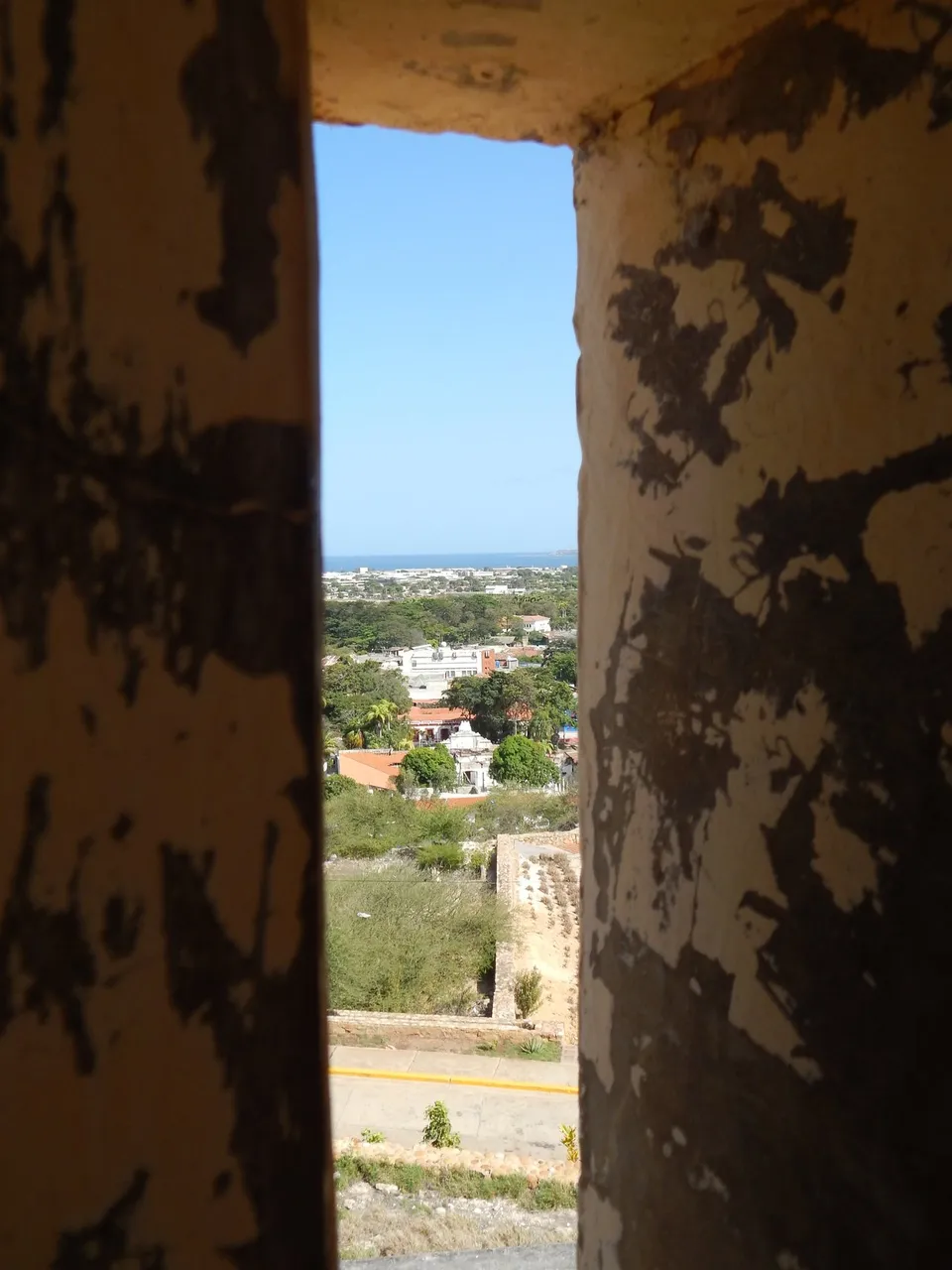

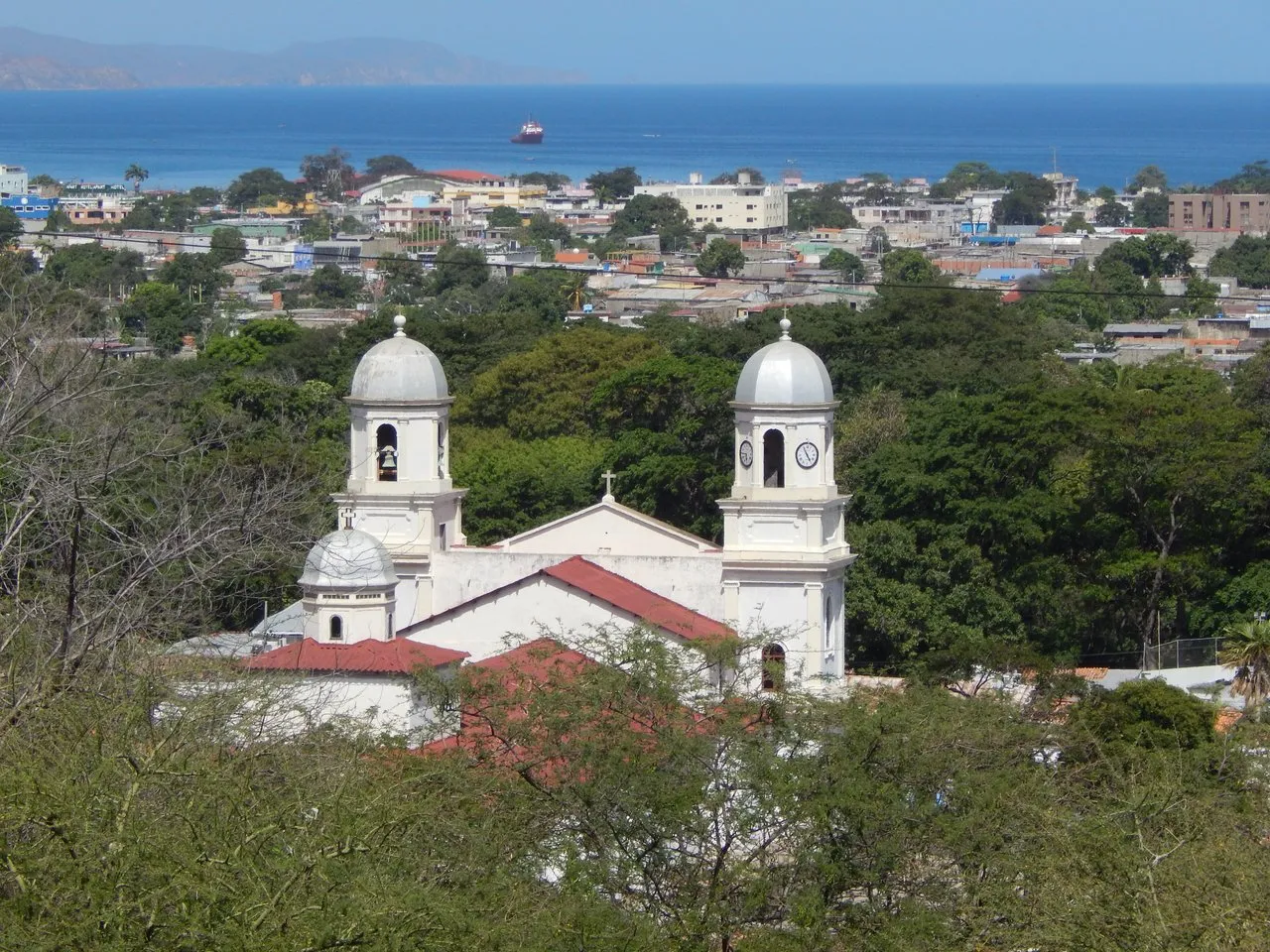
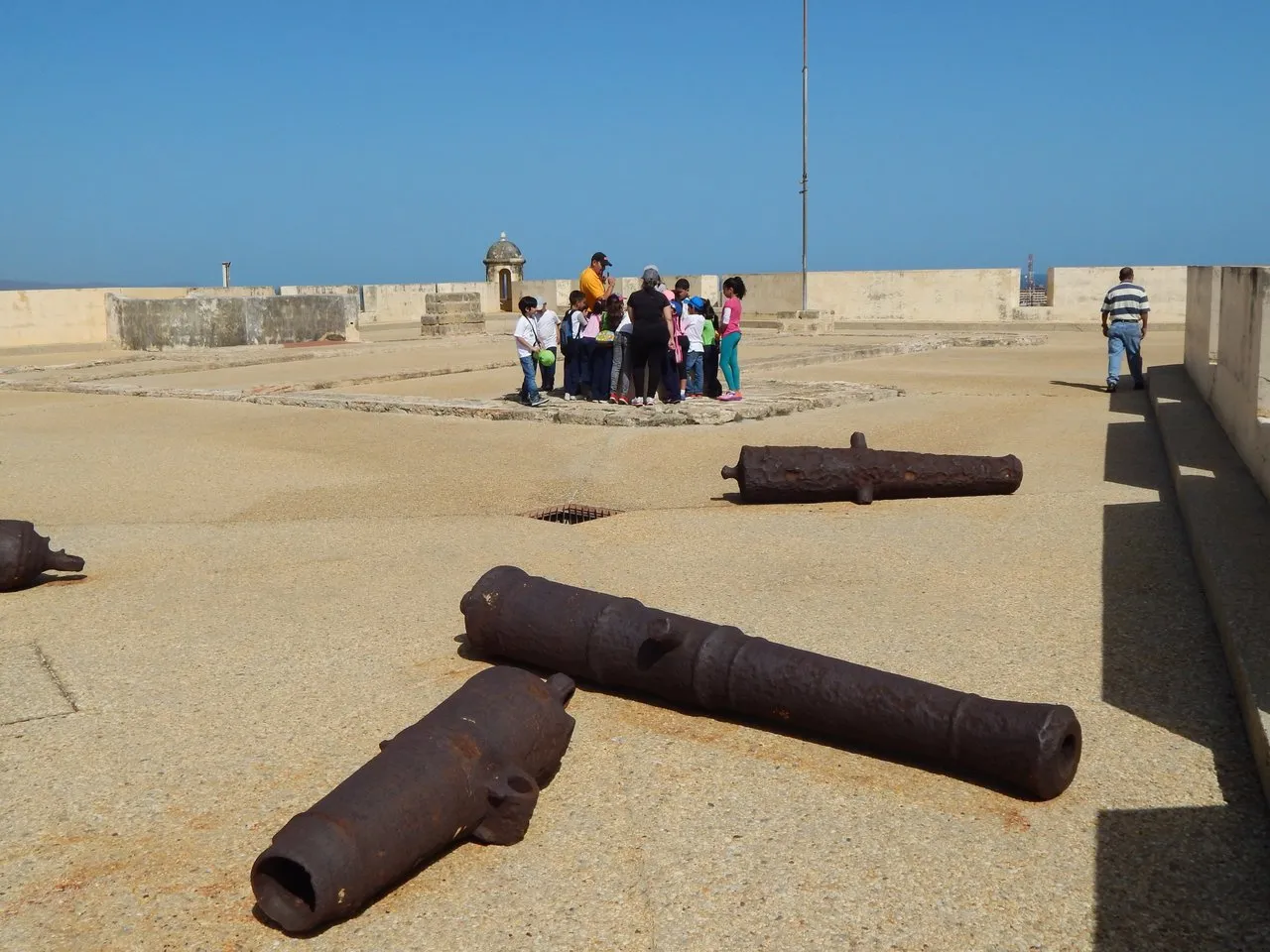
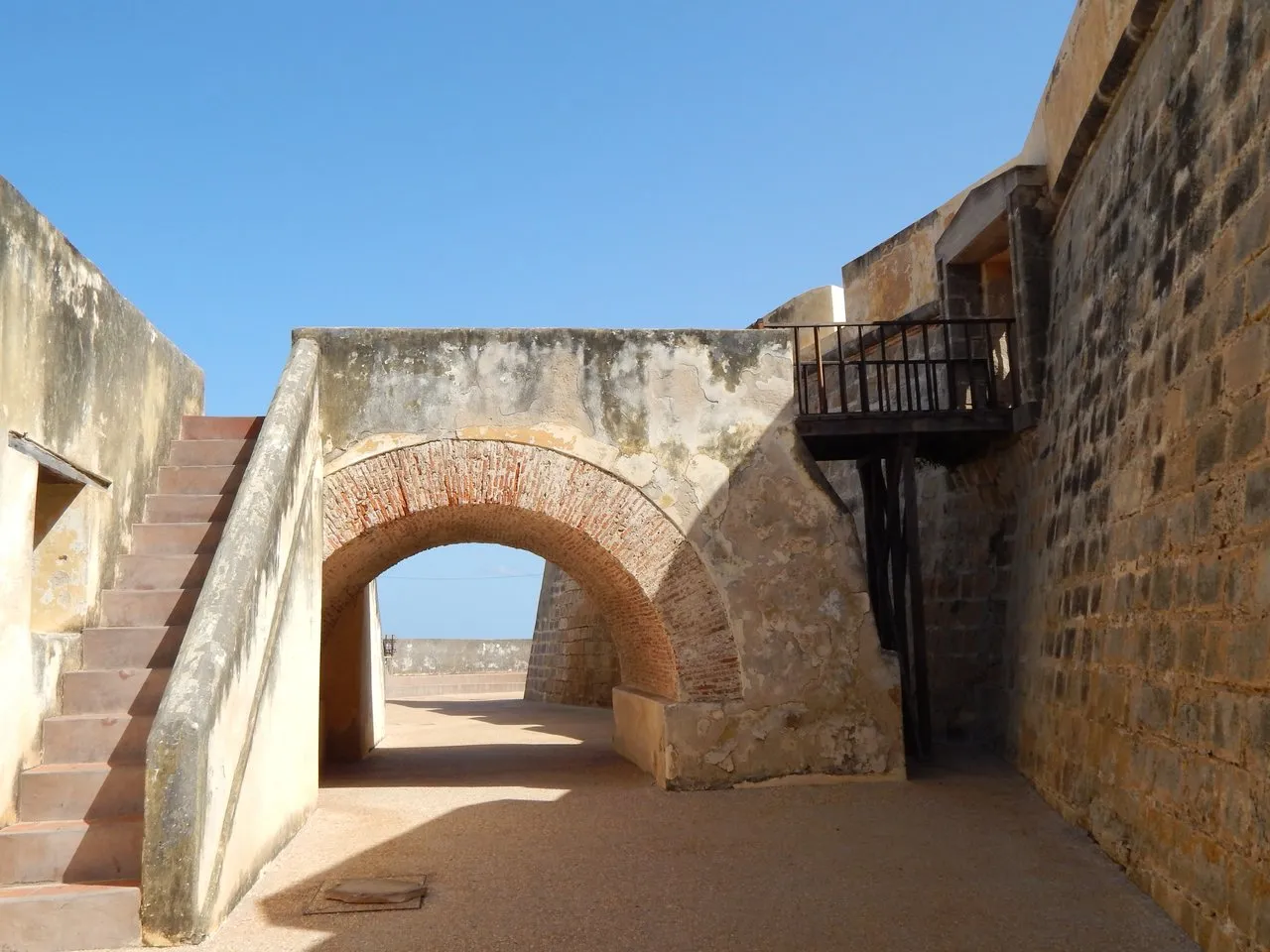

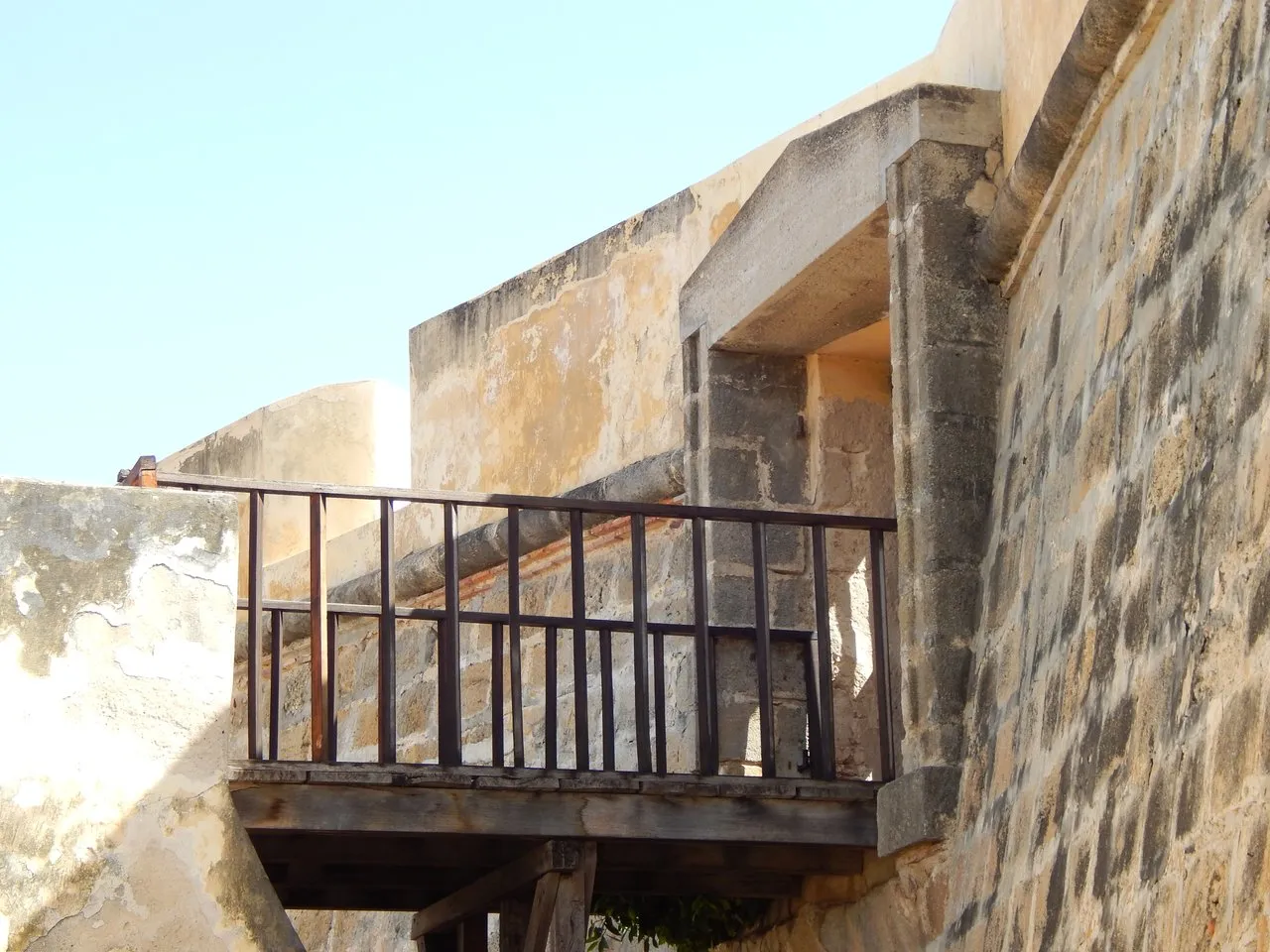
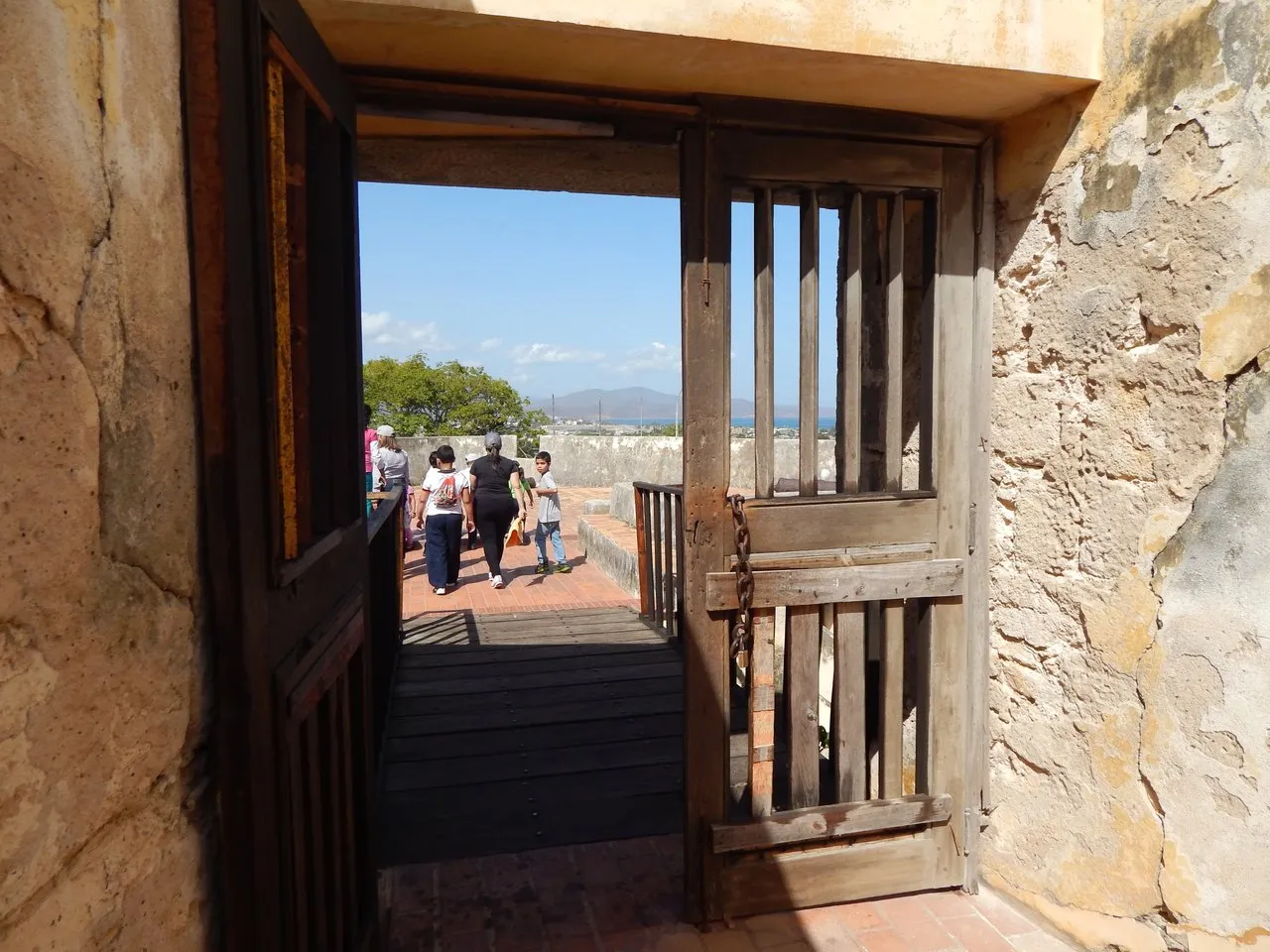

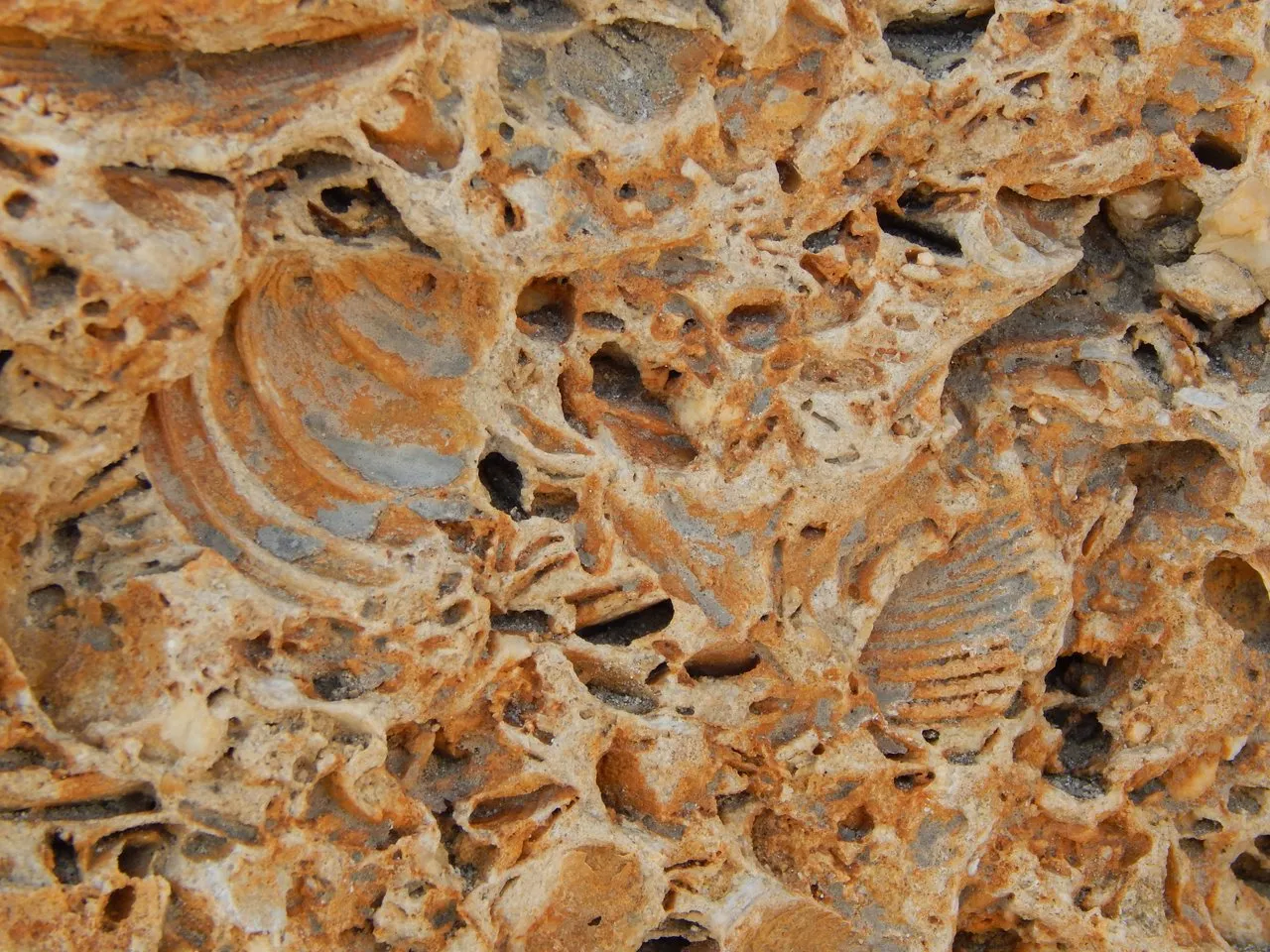
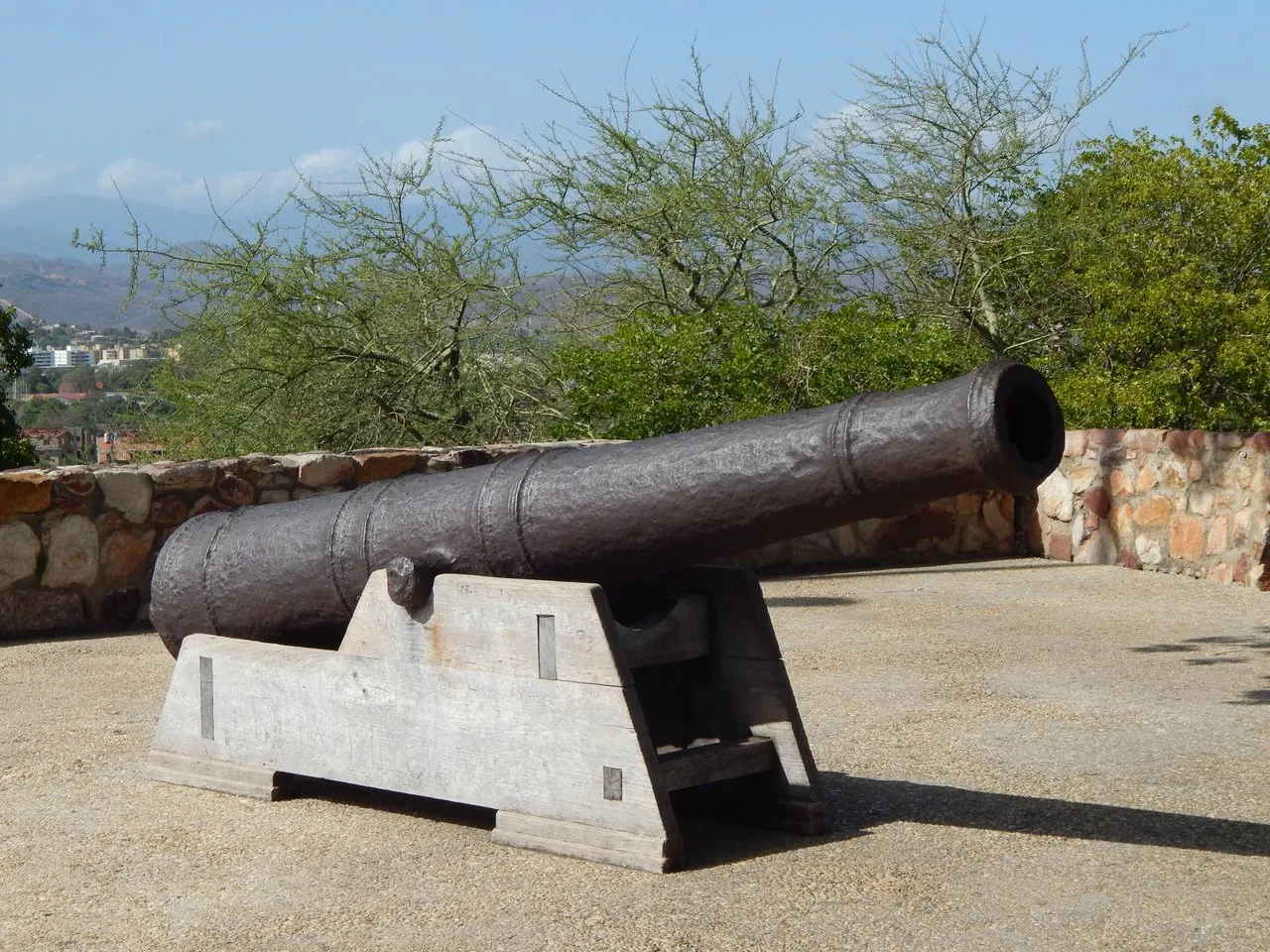

The inscription says:
General José Antonio Páez was held in this Castle
1790 – 1873
His wife Dominga Ortiz: "they have him in a narrow dungeon, without allowing him exercise, communication, outdoors, or anything that indicates respect for humanity ... he makes himself suffer the most fervent friend of civil power, the guardian of the Constitution of 1830, and to the constant defender of the guarantees he gave to the good people of Venezuela. ”
On May 24, 1850, Páez is released and fired in Cumaná by a large crowd outside the castle, he was transferred to La Guaira via ostracism.
Perpetually expelled from the territory of the Republic.
He was General in Chief of the Independence of Venezuela, three times President of the Republic.
He was known as: "The centaur of the Plains", "The Lion of Payara" and "The Taita".
Some of its spaces were converted into a Museum to exhibit, among others, a photo gallery of Cumana from the early 19th century.

I hope you liked this tourist, historical and cultural trip through this castle.
Of course, Welcome to Cumaná “Primogénita” of the American Continent and to the Castle San Antonio de la Eminencia!


EquipoCardumen. Somos compañeros de viaje
View this post on TravelFeed for the best experience.